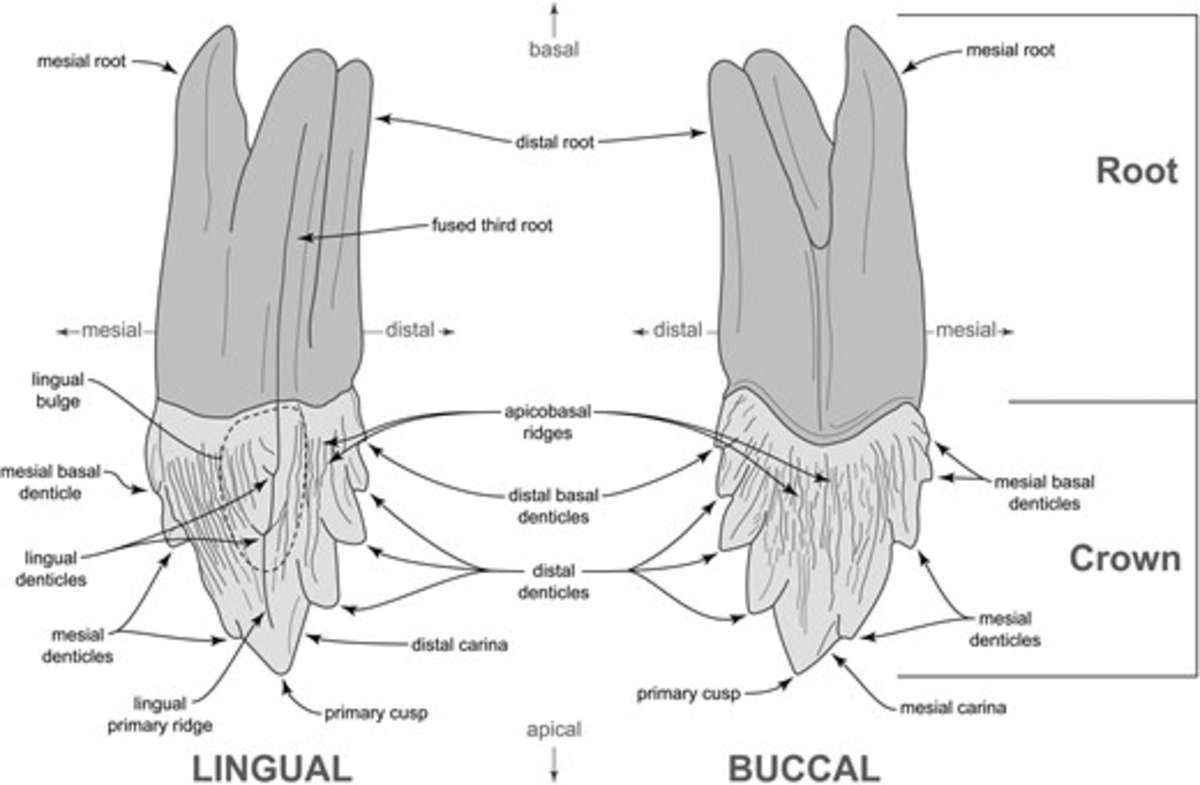26-Million-Year-Old 'Deceptively Cute' Small Whale With Slicing Teeth Uncovered on a Beach in Australia

An ancient whale species came forth from Victoria, Australia, in 2019. Now, its features have revealed that it was an entirely unknown species that swam in waters around 26 million years ago. The features have been explained in detail within the Zoological Journal of the Linnean Society. The species was named "Janjucetus dullardi" after Ross Dullard, the resident of Australia who found the specimen. Through examination, researchers learned that the whale species was not as massive as its modern contemporaries. However, it was supposedly a very vicious predator, as suggested by its sharp dentures. Researchers are not surprised that such a unique whale species has come forth from the region, as past studies have indicated that the site was once a cradle of such beings.

Discovery of Janjucetus Dullardi
Dullard was randomly strolling on a beach near Jan Juc when he discovered the remains, according to IFL Science. He uncovered a partially fossilized skull, featuring ear bones and some worn-down teeth. Dullard donated the skull to Museums Victoria for further examination. Investigation revealed that the fossil belonged to a previously unknown species from the Mammalodontidae family. This group of whales lived in the Oligocene period, sometime between 30 and 23 million years ago. Janjucetus dullardi is the fourth species from this family to be discovered. Moreover, remains from this family have only been found in southeast Australia and New Zealand.

Features of the Whale
From the fossil, researchers understood that the whale measured 6.73 to 7.15 feet in length and was around the size of a modern-day dolphin. Ruairidh Duncan, a PhD student at the Museums Victoria Research Institute and Monash University, and lead author of the study, called the creature "deceptively cute" due to the contrast between its size and other features. The whale was a sharp-toothed predator that must have caused havoc in their habitat, with its pace, according to Science Daily. The creature's skull seemed to be composed of a short snout, large forward-facing eyes, and slicing dentures.

Advanced microCT scanning showed more delicate structures inside the ear bones. These structures included the cochlea, whose main objective is to convert sound signals to electric signals that the brain can receive. The finding is crucial, as scientists can now understand how Janjucetus dullardi perceived its environment. It is the best preserved specimen of whale teeth and ear bones that has ever been examined by researchers. The insights fill a crucial gap in the fossil record of whales and open a never-before-seen chapter in this creature's evolution. Dr Erich Fitzgerald, senior curator of vertebrate palaeontology at Museums Victoria Research Institute and senior author of the study, claimed that reporting such rare fossils is crucial for gaining pivotal details.
Site of Discovery
The remains were uncovered in the fossil-rich Jan Juc Formation, which contained remains from a period in Earth's history when the planet faced rising seas along with temperature elevation. Today, it is recognized as a hotspot for fossils depicting early whale evolution. "This region was once a cradle for some of the most unusual whales in history, and we're only just beginning to uncover their stories," said Fitzgerald. Features of such ancient whales can provide information about how these creatures contended with warming oceans, something their modern counterparts are also facing. Understanding these features could also enable experts to help the present-day marine ecosystem.